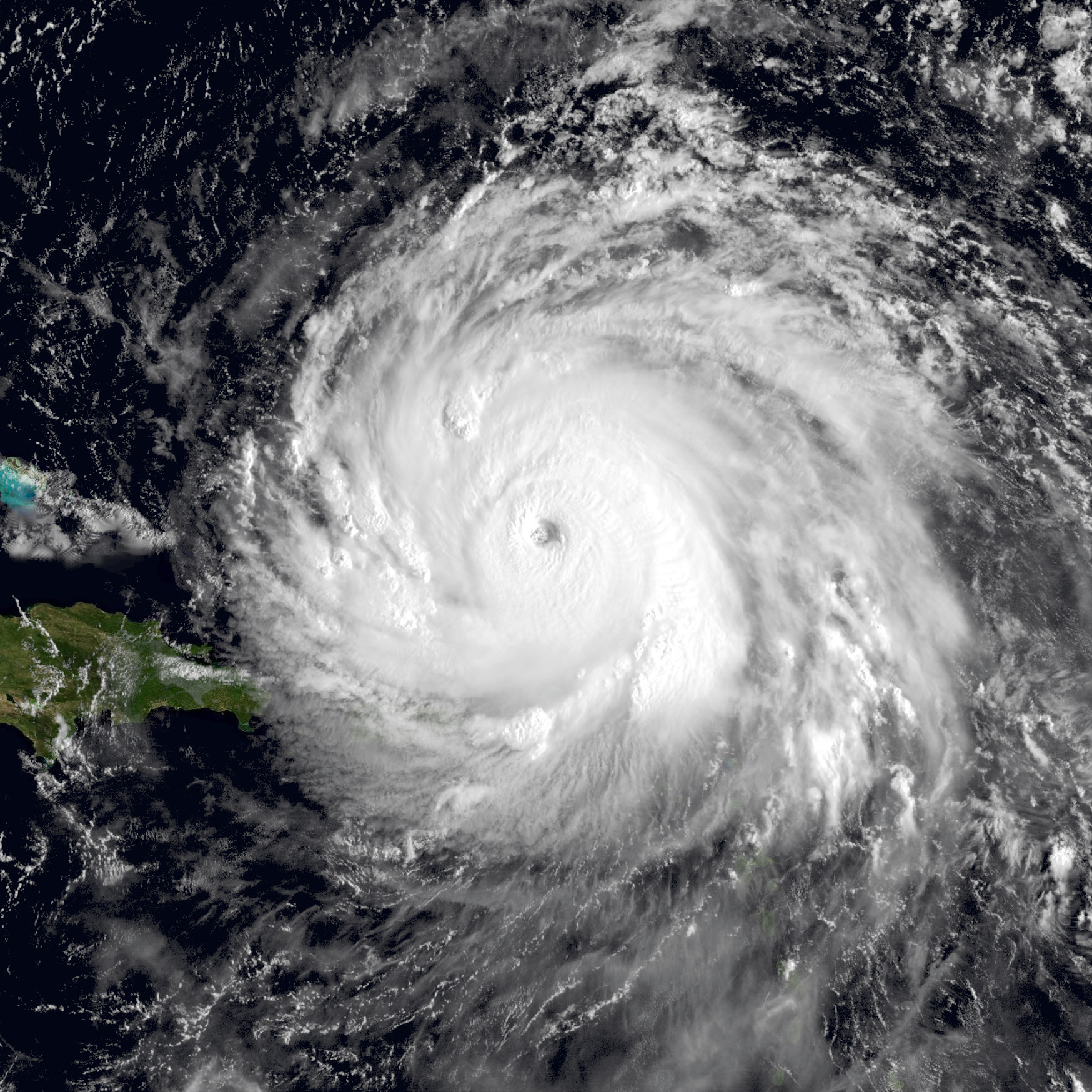Massive 7.0 Magnitude Earthquake Strikes Northern California, Triggering Tsunami Warning!
A powerful 7.0 magnitude earthquake struck off the coast of Northern California on Thursday morning, sending shockwaves through the region and prompting a tsunami warning that impacted millions. The epicenter, approximately 50 miles southwest of Eureka, was relatively close to shore, making the situation even more concerning. The initial reports described a rolling motion felt for several seconds across a wide area, from the immediate vicinity of the epicenter to as far south as San Francisco. This intense shaking led to immediate concerns and a rapid response from authorities.
The Earthquake and its Impact
The earthquake, initially reported as a 6.6 magnitude quake before being upgraded by the USGS, struck at approximately 10:44 a.m. PT. The USGS noted that earthquakes of this magnitude (7.0) are relatively rare, with only around 15 occurring globally each year. The proximity to the coast was particularly noteworthy, as most such quakes happen further offshore. The quake's strength and location near populous areas warranted an immediate and intense response from emergency services and government agencies. The event also triggered a series of aftershocks, including one notable 4.2 magnitude quake near Petrolia, California, and countless others of lesser magnitude. These continued for several minutes after the initial tremor. The sheer force of this magnitude 7.0 quake was felt across a wide swathe of Northern California, prompting concerns about the potential for widespread damage and injury.
Power Outages and Infrastructure Disruptions
Humboldt County, the closest to the epicenter, experienced significant power outages, with over 10,000 customers— approximately 10% of the customers tracked in the county — affected, according to PowerOutage.us. There were also reports of widespread service disruptions across the Bay Area Rapid Transit (BART) system, including the complete suspension of service along its underwater Transbay Tube, a crucial link connecting San Francisco with the East and South Bay. This disruption affected thousands of daily commuters.
Tsunami Warning and Response
The National Tsunami Warning Center issued a tsunami warning for parts of the California and Oregon coastlines. Millions of people from Davenport, California, to the Douglas/Lane Line in Oregon were impacted, including major cities like San Francisco, Eureka, Fort Bragg, and Crescent City. The warning prompted immediate evacuations of coastal areas, with authorities urging residents to move to higher ground or inland. The San Francisco Zoo, following established protocols, closed its gates and evacuated its guests, moving animals and personnel to higher ground. The urgency of the situation was made clear by the warnings broadcast by local authorities, which repeated warnings of impending danger and urgent need to seek higher ground.
Tsunami Warning Cancellation and Aftershocks
Although significant tsunami activity reaching close to shore was expected based on forecasts, the National Tsunami Warning Center eventually canceled the warning after observing minimal changes in water level and concluding that no destructive tsunami was likely. The delay between the earthquake and potential tsunami impacts was explained by seismologists, with earthquake waves travelling far faster than the slower tsunami waves. Despite the cancellation, experts like Maureen Long from Yale University, emphasized the importance of heeding such warnings, and advised people to be aware and move to higher ground in affected areas. The tsunami warning itself lasted approximately an hour and a half and was described as a rare event for this region.
Official Response and Coordination
Federal, state, and local authorities responded swiftly. FEMA Administrator Deanne Criswell was briefed on the situation, with FEMA spokesperson Jaclyn Rothenberg urging the public to listen to and heed the warnings of local officials. California Governor Gavin Newsom also addressed the situation, indicating that his office was coordinating with local officials to assess the impacts of the earthquake and aftershocks. The quick response from various agencies, as well as information dissemination to the general public, helped reduce potential panic and minimize the overall impact of the event.
Understanding Earthquakes and Tsunamis
The USGS provided clear definitions of both earthquakes and tsunamis. An earthquake, they explained, is the ground shaking caused by a sudden slip on a fault in the earth's crust. Tsunamis, on the other hand, are a series of waves caused by a displacement of water, often triggered by underwater earthquakes, volcanic eruptions, or landslides. The energy of tsunami waves is transferred to height and sheer force as they approach the coast, posing a significant threat to coastal communities and infrastructure. Understanding these mechanisms is crucial for effective preparedness and response to such natural disasters.
Long-Term Implications and Preparedness
While initial reports indicated no significant damage in San Francisco, the potential for further aftershocks remains a concern. The USGS forecasts a high probability of more aftershocks, though it's most likely these will decrease in intensity over time. This situation underscores the importance of being prepared for such events. Having an emergency kit, understanding evacuation routes, and staying informed are all crucial steps in mitigating the impact of future earthquakes and potential tsunamis. It is important to remember to stay informed through reputable sources and follow the instructions of emergency responders. We should always strive to learn from these incidents to better prepare for future natural disasters. The quick and efficient response of emergency services and the general public, following the initial panic, was a testament to our ever-evolving preparedness and disaster response techniques.

















